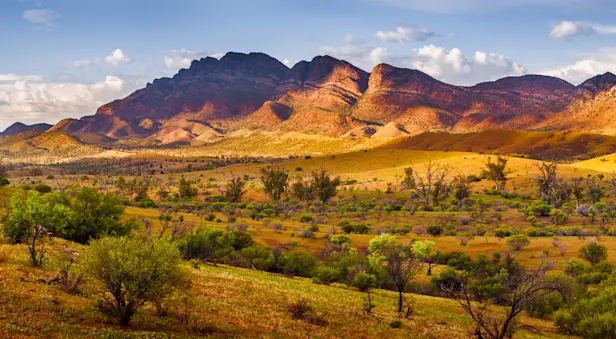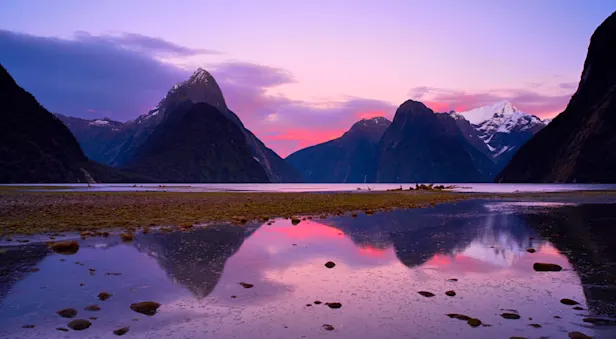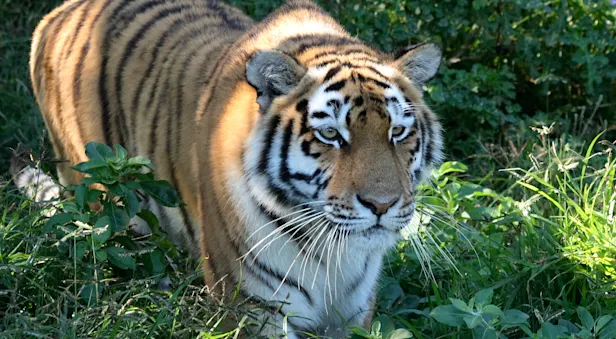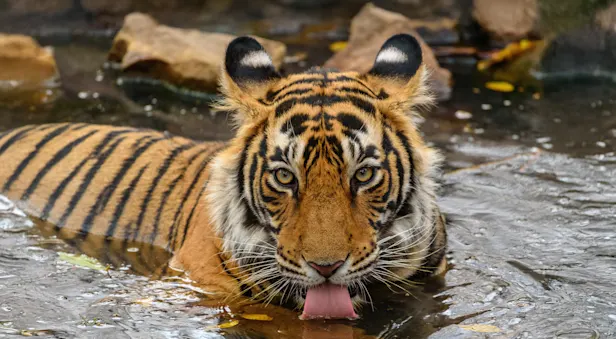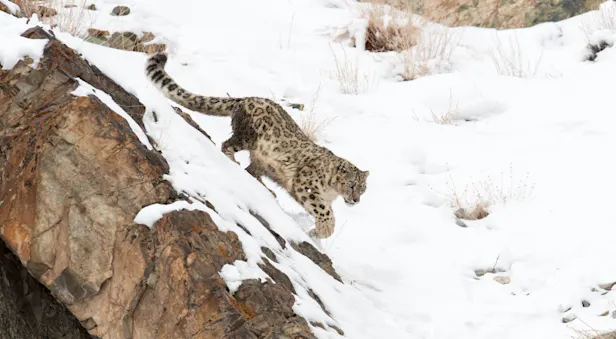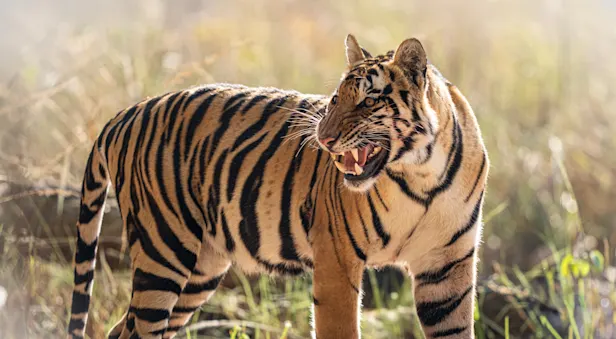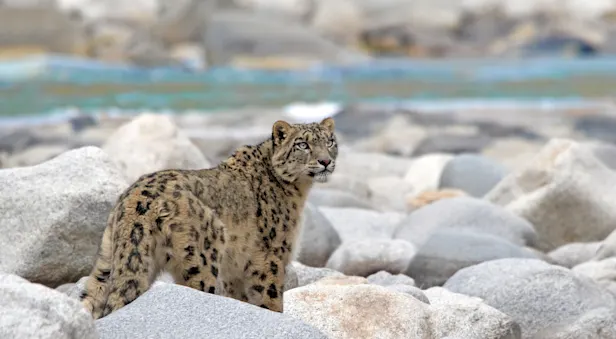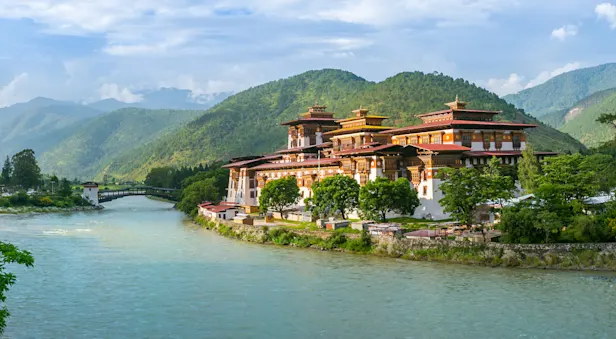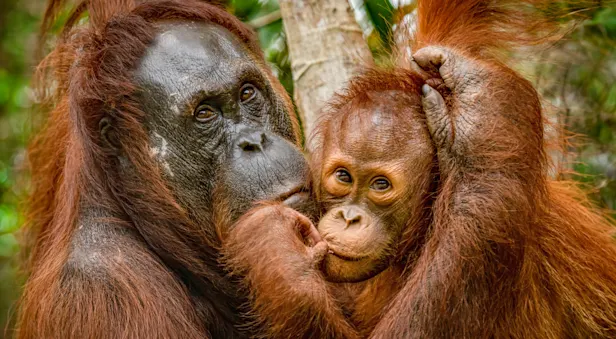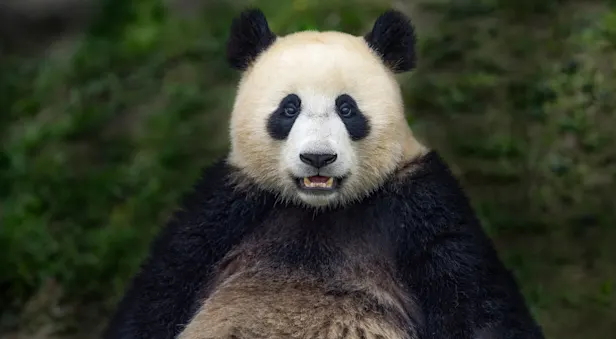For millennia, Asia and the South Pacific have beckoned explorers—and our diverse adventures reveal their most amazing natural wonders: Seek India’s Bengal tigers and snow leopards, and track rhinos in Nepal. Search for orangutans in the rainforests of Borneo. Get close to cuddly pandas in China. Scout for kiwis in New Zealand and koalas in Australia. Our expert naturalists guide small-group forays and Photo Expeditions into remote wildlife reserves where few travelers are privileged to go.
Classic Nature Tours
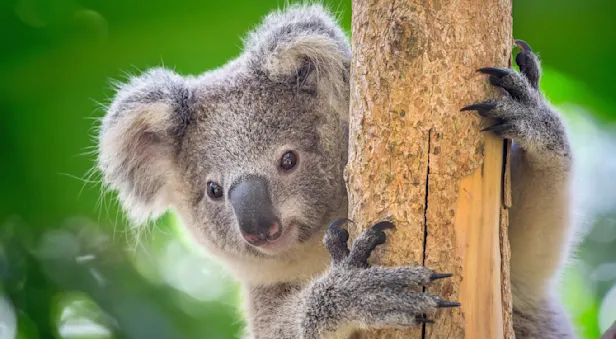
Australia South: Tasmania, Kangaroo Island & the Great Ocean Road
Discover the diverse landscapes and ecology of far-south Australia as we explore four national parks and a host of private nature reserves teeming with endemic and endangered wildlife.

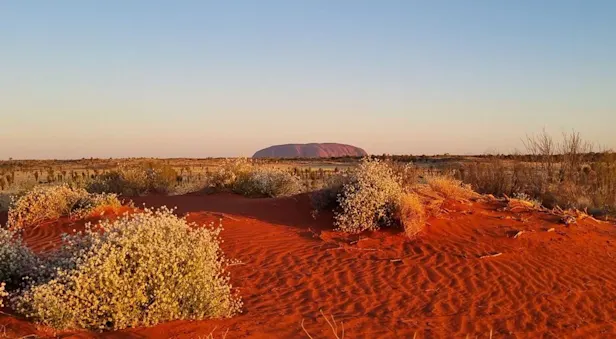
Australia North: Kakadu, Kimberley & the Outback
Journey to the back of beyond on this singular itinerary that connects three of Australia’s most remote tracts of untouched wilderness via private chartered flights—plus a luxury train trip on The Ghan.


Wild & Ancient Himalaya: Nepal & Bhutan
Explore mountain heights and jungle lowlands on this soulful journey through the cultural and wildlife treasures of two neighboring Himalayan nations—including rhino tracking in Chitwan National Park.

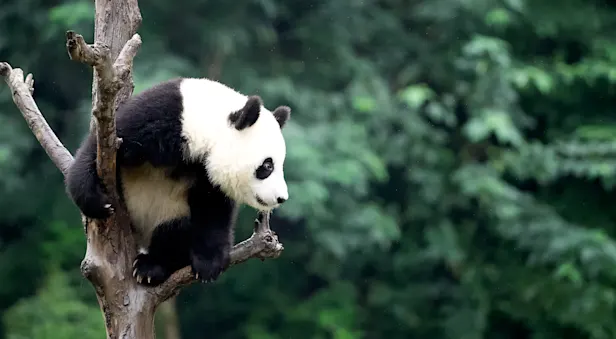
The Wild Side of China: A Nature Odyssey
Discover a side of China most travelers never see on our unique itinerary revealing wild panda habitat, rare wildlife and Chinese nature at its most entrancing—including close-up panda encounters.

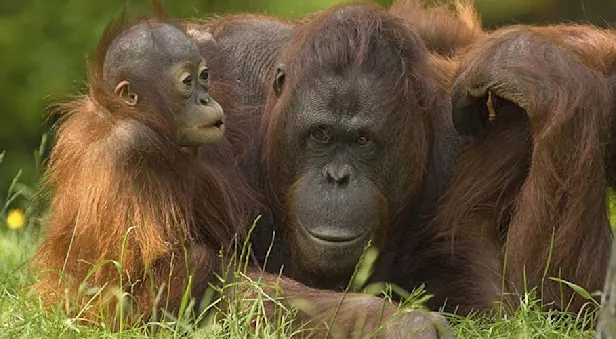
The Wilds of Borneo: Orangutans & Beyond
Plumb some of the world’s oldest and tallest rainforests in search of wild orangutans and other jungle wildlife among diverse ecosystems on this matchless tropical nature adventure.

Photo Expeditions
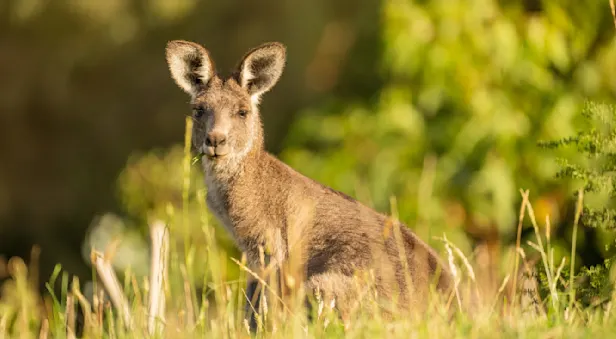
Southern Australia & Tasmania Photo Expedition
Photograph a wide array of unique and intriguing Australian wildlife—plus dramatic landscapes from Tasmania’s mountains and sapphire lakes to the rugged Southern Ocean coast




















